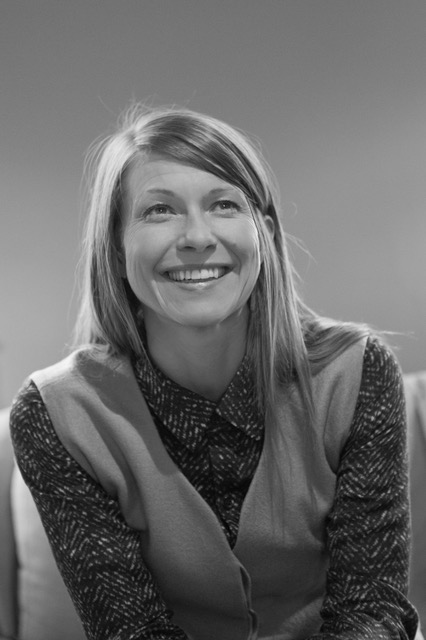The TRUST Column: Peter Seeger knew it all along

We asked five experts from different fields to write a column about Helsinki Design Week’s this year’s theme ‘TRUST’. Read below what one of the founding members of Ethica, Anne Raudaskoski, has to say about the subject.
“If it can’t be reduced, reused, repaired, rebuilt, refurbished, refinished, resold, recycled or composted, then it should be restricted, redesigned or removed from production”, sang the American folk singer Peter Seeger in the early 90’s. Through his lyrics he basically introduced the idea of circular design almost 20 years before global awareness of a circular economy started to rise.
How does circular design differ from the old school ecodesign?
- Designing products that are restorative and regenerative, not just sustainable – check out e.g. Interface’s Climate Take Back programme to learn more
- Decoupling growth from the use of raw materials and natural resources through design; in practice this means harnessing circular business models as part of the design process
- Improving customer experience through circular mindset to increase demand for circular products
What about the question of TRUST, then? I believe designers who master circular design strategies have a powerful tool in their hands: what could create more mutual trust than being able to design a prosperous future for all of us.
Anne Raudaskoski is a Co-founder and Principal Consultant of Ethica, a circular economy consultancy operating internationally across private and public sectors. Some of the latest projects include Circular Economy Ecosystem development as part of the European Raw Materials programme, a circular district concept and business ecosystem development with the City of Tampere, and the EcoDesign Sprint programme, targeted at SMEs and design agencies, developed together with Design Forum Finland. Ethica was highly commended at the prestigious Circulars2016 competition through the Relooping Fashion project, which focused on building the future of the textile industry, and the project was also chosen as one of the most innovative circular projects in the Sustainia 100 publication.